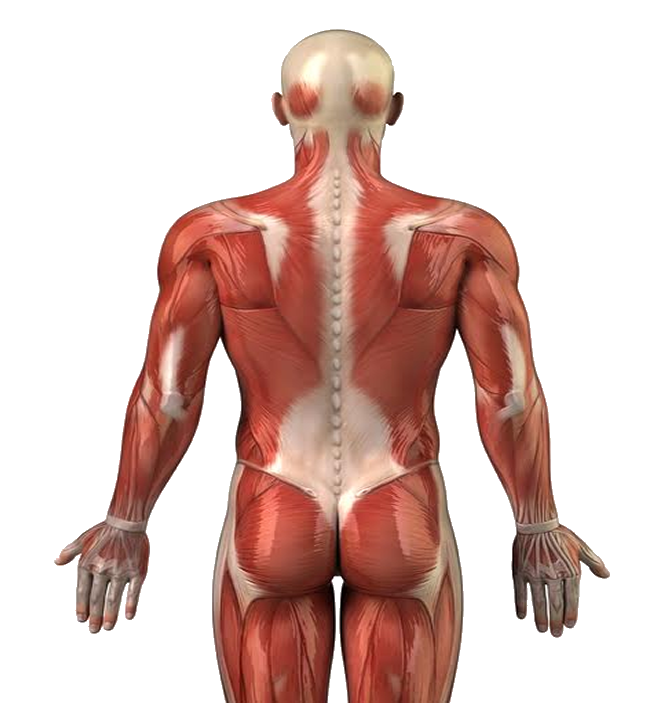Myofascial Release (MFR), as taught by John F. Barnes, is a safe, gentle and consistently effective technique which produces positive and lasting results. It is a very effective hands-on procedure that applies sustained pressure into the myofascial restrictions, eliminating pain and headaches to restore fluidity and motion in the body.
Fascia is a three-dimensional web of tough connective tissue that spreads from head to feet without any interruption. The fascial system is a whole body system that interfaces and infuses every other system in our body. The fascia not only covers, but also interpenetrates every muscle, bone, blood vessel, nerve, organ — all the way down to the individual cells.
Trauma, inflammation, surgery, poor posture, long term stress.. etc., can create fascial restrictions that can ultimetely cause crushing pressure upon pain-sensitive structures. This pressure can be approximately 2,000 pounds per square inch, directly affecting the nerves, muscles, blood vessels, bones and organs.
Standard testing procedures such as X-rays, MRIs, CAT scans, etc., do not reveal fascia restrictions. A high percentage of people suffering with pain, headaches, fibromyalgia, lack of motion..etc.., may have issues caused by fascia restrictions that go undetected or misdiagnosed.
The facial system is similar to a spider web or sweater as a powerful uninterrupted “web”. In its normal healthy state, fascia is relaxed and wavy in configuration. It has the ability to stretch and move. When people have experienced physical trauma, surgery or inflammation, the fascia loses its flexibility and becomes like a “straight jacket” with crushing pressure and pain throughout the body.


